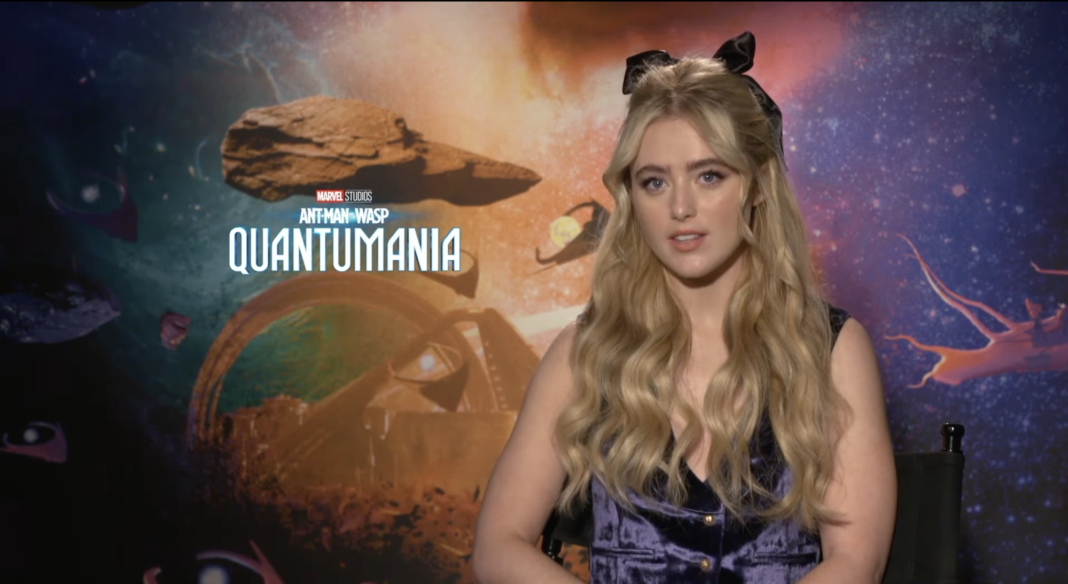
“Lisa Frankenstein” marks another recent film debut for a female director in the last year. Despite the historic lack of female recognition in Hollywood, it has become more and more common to see women helming films that are geared toward a female audience.
Starring Kathryn Newton and Cole Sprouse, “Lisa Frankenstein” is about Lisa Swallows, a teenage girl who has been traumatized by the murder of her mother and her dad’s remarriage.
After being attacked at a party, she ends up bringing a dead man back to life. As their relationship develops into something more romantic, so does their taste for blood.
Written by Diablo Cody, this film marks her first big project since “Jennifer’s Body,” which initially received negative feedback from critics but has now gained cult status. Her most recent film explores similar themes and ideas of female autonomy.
It is also the feature-length directorial debut of Zelda Williams, the daughter of the late comedian Robin Williams. This movie proves her comedic chops.
Cody’s dialogue hasn’t lost its sarcastic and sardonic touch in the almost 20 years since “Jennifer’s Body,” and the actors fully lean into its campier elements.
Newton, who plays Lisa, embraces exaggeration in this project and accentuates the more dramatic moments with a twinge of ridicule and mockery at her own self.
The creature that comes to life is played by Sprouse. Though he doesn’t speak and largely communicates through grunts and headshakes most of the film, he develops both personality and chemistry with Newton that makes their dynamic entertaining to watch.
Another important character in this film is the step sister Taffy, played by Filipino actress Liza Soberano in one of her first major American roles. She is a foil to Lisa’s more edgy personality providing a lightness to the project while still keeping up with Newton’s energy.
The camp aspect of this film is most obvious in the sets and fashion. Set in the 80s, it focuses on bright neon colors, and a large part of the film is lit in a blue and pink glow. Lisa’s fashion also plays a large part in her character development.
Visual choices like these have been seen before from other female directors before like Sofia Coppola and Emerald Fennell. “Lisa Frankenstein,” through these same choices, makes it clear that it is more interested in pleasing its female audience than a male one.
Since its release, “Lisa Frankenstein” has been largely disliked by critics, but it has managed to find its audience with young women. In a month lacking good films — colloquially known as Dumpuary — it has created a spot for a specific market that rarely gets the love it deserves.
In the past year, there’s been an uptick in female-led projects like “Barbie,” “Bottoms,” “Priscilla” and “Poor Things.” However, these women struggle to be taken as seriously as their male counterparts.
While “Lisa Frankenstein” may not be as poignant as recent female-led projects like “Barbie,” “Bottoms” and “Priscilla,” it’s just as enjoyable. It provides its own type of commentary with staying power about performative feminism and how we portray femininity in film.
“Lisa Frankenstein’s” embrace of the feminine aesthetic could land it a sort of relevance in the future despite the criticism it has received. It certainly has won my heart.
Rating: 4/5






